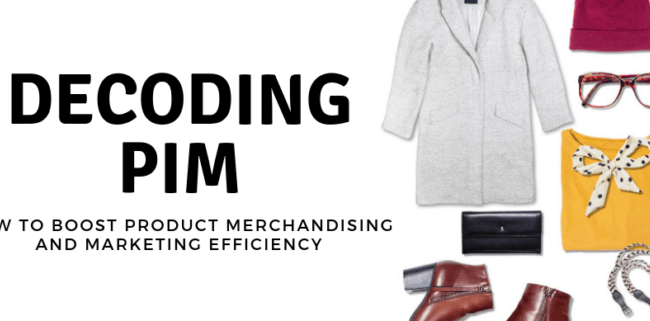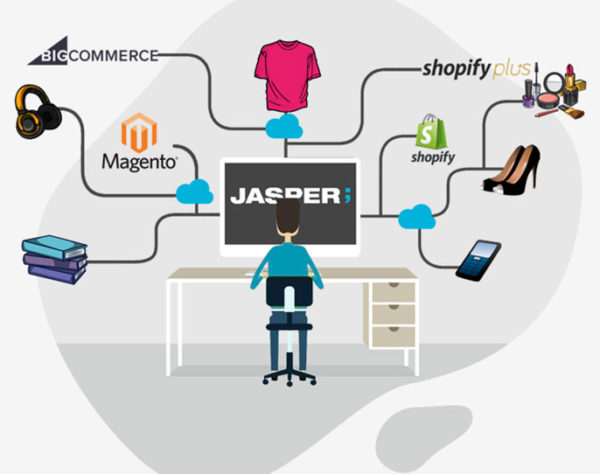
Benefits of a PIM Solution for Mid and Enterprise Businesses
Although PIMs are currently popular among mid and enterprise businesses any business looking to streamline and scale can benefit. Every day as individuals and teams work to manage sourced data, inventory, item numbers, price lists, references, catalogs, SKUs, images, videos, language translations, localizations, supplemental documentation, web collateral, web pages, promotions, custom attributes and more, the product information management problem compounds. Every time an individual or catalog of products is edited, especially at the scale and pace required to successfully sell online today, product information becomes scattered, duplicated, reformatted, error-ridden and held captive by people or applications.Immediate Benefits of a Product Information Management (PIM) Solution
What a PIM does is allows multiple, disparate teams to unify their efforts into a seamless workflow. Back office teams can to import and manage every product data point, merchandisers can make adjustments to best meet demand. Then, Marketers can create and schedule targeted landing pages, banners, etc., and push them to multiple marketplaces and localized, international sites. A PIM empowers businesses to quickly meet the demand of a dynamic omnichannel shopping experience, enter new markets, balance international efforts and beat competition to market.Unique Advantage of a Native Integration Platform as a Service (iPaaS)
If a PIM offers a native iPaaS as we do at Jasper PIM, product information will continuously sync across all business applications within a technology suite. Individuals and teams confidently use data to share with stakeholders, suppliers, manufacturers and more. This is a key point as our iPaaS, provides a two-way sync keeping your entire stack up-to-date at all times. Where a PIM is used to contain all the details of your product data, an Integration Platform as a Service (iPaaS) is what integrates existing applications with the PIM. This is how the PIM can push the information across a technology stack so accurate product information can be sent and received by Enterprise Resource Planning (ERP) systems, Order Management Systems (OMS), Customer Relationship Management (CRM) systems, and additional systems for cohesive omnichannel management. Here is a comprehensive list of the benefits we’ve heard from our clients including; Powell’s Books, Berlin Packaging, Me to We, ToyMate, Mad Dogg Athletics (formerly Spinning.com) Avery Dennison, Chuck Levin’s, and more:
Here is a comprehensive list of the benefits we’ve heard from our clients including; Powell’s Books, Berlin Packaging, Me to We, ToyMate, Mad Dogg Athletics (formerly Spinning.com) Avery Dennison, Chuck Levin’s, and more:
|
|
“We’re currently using Jasper as a digital PIM, but by the end of the year we’ll be expanding Jasper to be the PIM for the entire Skullcandy organization. In addition to digital, we’ll use it for retail marketing, creative, sales, and any other teams who need product imagery or product information. It will be the first point of contact when people have questions about a product and need an answer. In our short integration time to date, Jasper’s PIM has proven essential to our business and is highly adaptable. It is capable of meeting our needs in more ways than maybe a PIM should!” – Kinsey Butler, Manager of Ecommerce Strategy at Skullcandy
Advanced Optimizations and Automation Features of a Top PIM Software Solution
Once your onboarded and products are added, barcoded, photographed, categorized, merchandised and lit up to various portals or publication channels inside your PIM, automation rules can be created that publish to a limitless number of platforms. A top PIM software solution can also be setup to automatically aggregate sources from multiple inbound feeds. Say for example as a retailer you’d like to automatically create products that you can publish to your ecommerce store, while also setting rules so that your staff can go in and simply:- Review the data that’s come in from the inbound feeds or ERP ingestion pipeline
- Massage the data, adding custom photos and pricing where needed
- Setup merchandising rules such as categories, attributes, tags, promotions, sales, etc.
- Define its publication channels (i.e. on which stores does this product sell?)
- Define custom price groups & tiers or other override data like names or imagery depending on publication channel
- Finally, decide which store(s) or output channels you’d like to publish too (and at what frequency) and the PIM takes care of the rest
Comments






